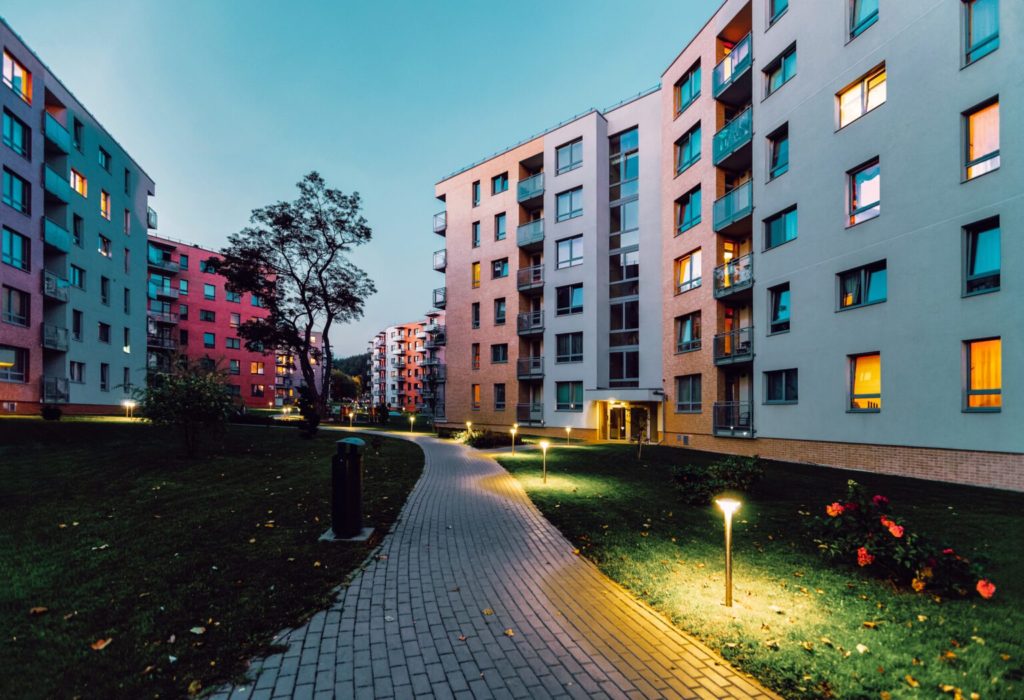Published by Think Realty | November 16, 2024
As housing prices soar beyond reach for many Americans, incorporate these potential solutions to mitigate market pressures
According to the National Association of Homebuyers, 77% of American households cannot afford a median-priced home. In 2024, the median is $495,750. A combination of high home prices, increasing interest rates, and sluggish wage growth has created an imbalance. This growing disparity leaves prospective buyers, especially first- time homebuyers, struggling to find affordable options in desirable locations.
The U.S. median household income sits at roughly $74,580, based on U.S. Census Bureau data. Financial experts traditionally recommend that a household spend no more than 2.5 to 3 times their annual income on a home. Under this rule, a family earning the national median income should ideally purchase a home priced between $186,000 and $224,000. When you compare that range to the cost of a median-priced home today, it becomes clear why so many are feeling priced out of the market: The current median home price is double the high end of the ideal range. Given the reality of the situation, many are left seeking affordable housing options. The current affordability crisis isn’t without potential solutions, however. Among them are government programs, innovative development projects, rental options, and moving to regions in the US where housing is well below the national average.
Government Programs And Development Incentives
Government programs to increase affordable housing supply and offer financial assistance to first-time homebuyers are crucial. Initiatives like Federal Housing Administration (FHA) loans, which allow buyers to purchase homes with lower down payments, can help alleviate some of the pressure.
Additionally, affordable housing developers are stepping in to bridge the gap. By creating mixed-income developments and affordable rental communities, developers are addressing the shortage of housing for lower- income households. These projects often rely on federal tax credits and grants, which incentivize developers to build housing that is within reach for a broader range of income levels.
Local governments can also play a role by rezoning certain areas to allow for more multifamily housing or by implementing rent control policies to stabilize the rental market. In many urban areas, restrictive zoning laws have limited the construction of affordable housing, exacerbating the crisis. By relaxing these regulations, cities can encourage more development and help ease the pressure on both buyers and renters.
Rental Options
When homeownership becomes increasingly out of reach, the rental route becomes an attractive option. According to the Pew Research Center, more U.S. households are renting than at any point in the last 50 years. Many Americans simply can’t afford to buy and instead are turning to rentals as a more flexible, less burdensome option.
The rental market comes with its own set of challenges, however. With more people competing for rental properties, rent prices in many areas have skyrocketed, further squeezing household budgets. According to Apartment List, the national median rent has climbed to over $1,300 per month for a two-bedroom apartment, an amount that continues to rise annually. In competitive markets like New York City and Los Angeles, rent for a comparable unit can be double or even triple that figure. The high demand for rentals is driving new development, but much of this new housing is aimed at the luxury market. Lower-income and middle-income renters often have fewer options, as affordable rental options remain scarce.


